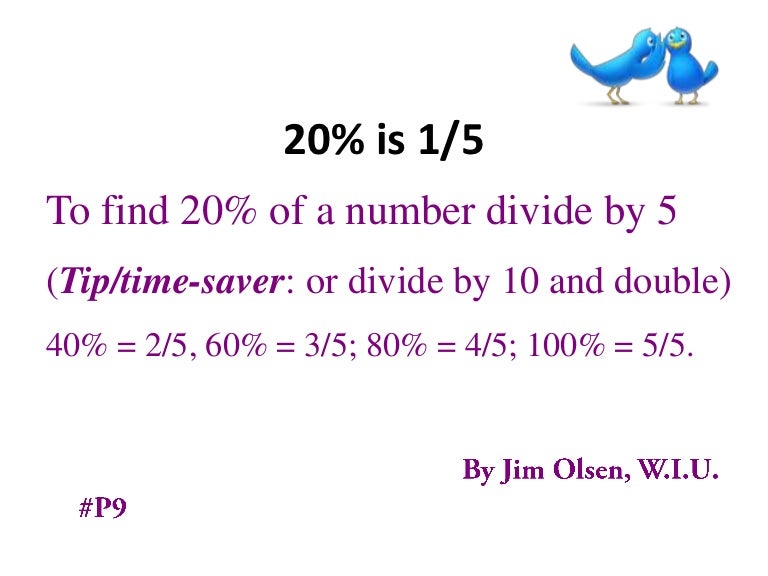


What is the empirical formula for this compound? The molecular weight for this compound is 64.07 g/mol. Just be aware that rounding off too early and/or too much is a common problem in this type of problem.Įxample #1: A compound is found to contain 50.05% sulfur and 49.95% oxygen by weight. Look for a problem involving citric acid. Some of the problems below involve this thirds issue. I know it's easy to say, harder to demonstrate. In a situation like that, you would multiply by three to reach the smallest whole-number ratio rather than dividing by the smallest. That first one can be rendered as two and one-third (or seven thirds) and the second one as four and two-thirds (or fourteen thirds). These problems, however, are fairly uncommon.įor what it is worth, one piece of advice on rounding: don't round off on the moles if you see something like 2.33 or 4.665. If you hit a problem that just doesn't seem to be working out, go back and re-calculate with more precise atomic weights. There are times when using 12.011 or 1.008 will be necessary. Generally speaking, in empirical formula problems, C = 12, H = 1, O = 16 and S = 32 are sufficient. The trick is to know when to do that and it comes only via experience. Notice also how it really doesn't make much of a difference. Then, notice how I get away from that (as well as being real consistent with units) in the following problems. Notice below how I do the first problem with some attention to using proper atomic weights, as well as keeping close to the proper number of significant figures. ChemTeam: Calculate empirical formula when given percent composition data Calculate empirical formula when given percent composition dataĬalculate empirical formula when given mass dataĭetermine identity of an element from a binary formula and a percent compositionĭetermine identity of an element from a binary formula and mass data


 0 kommentar(er)
0 kommentar(er)
